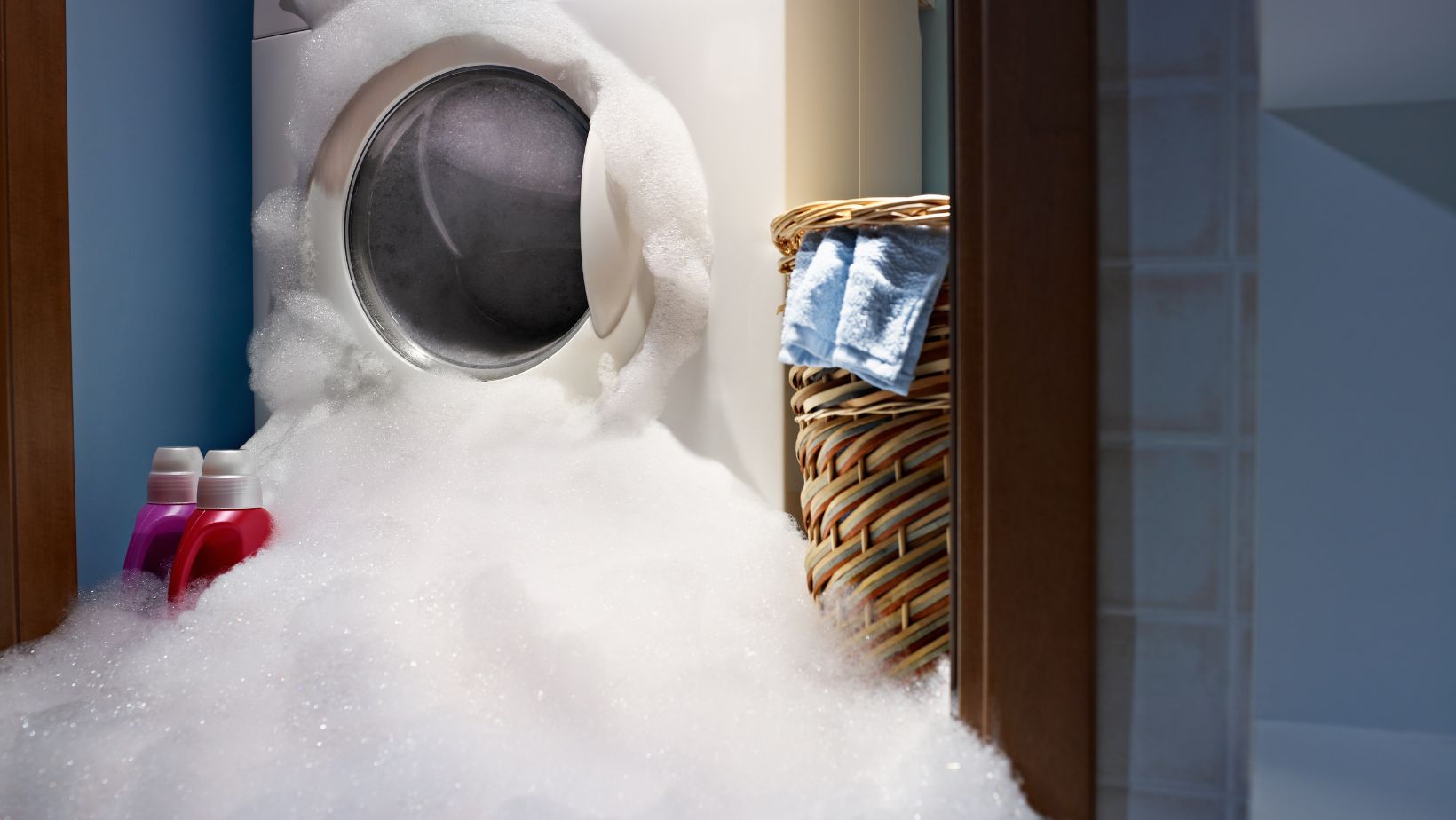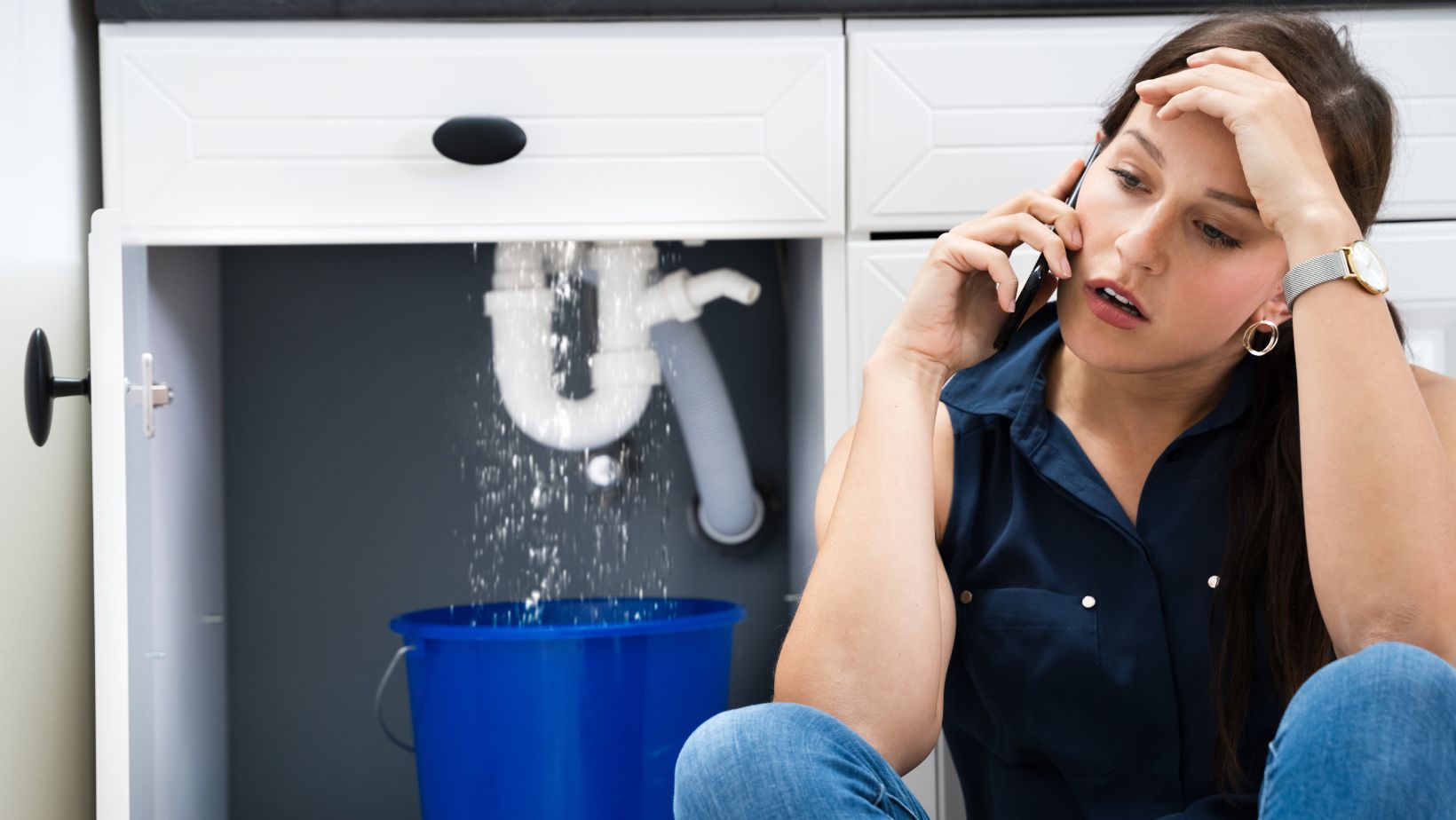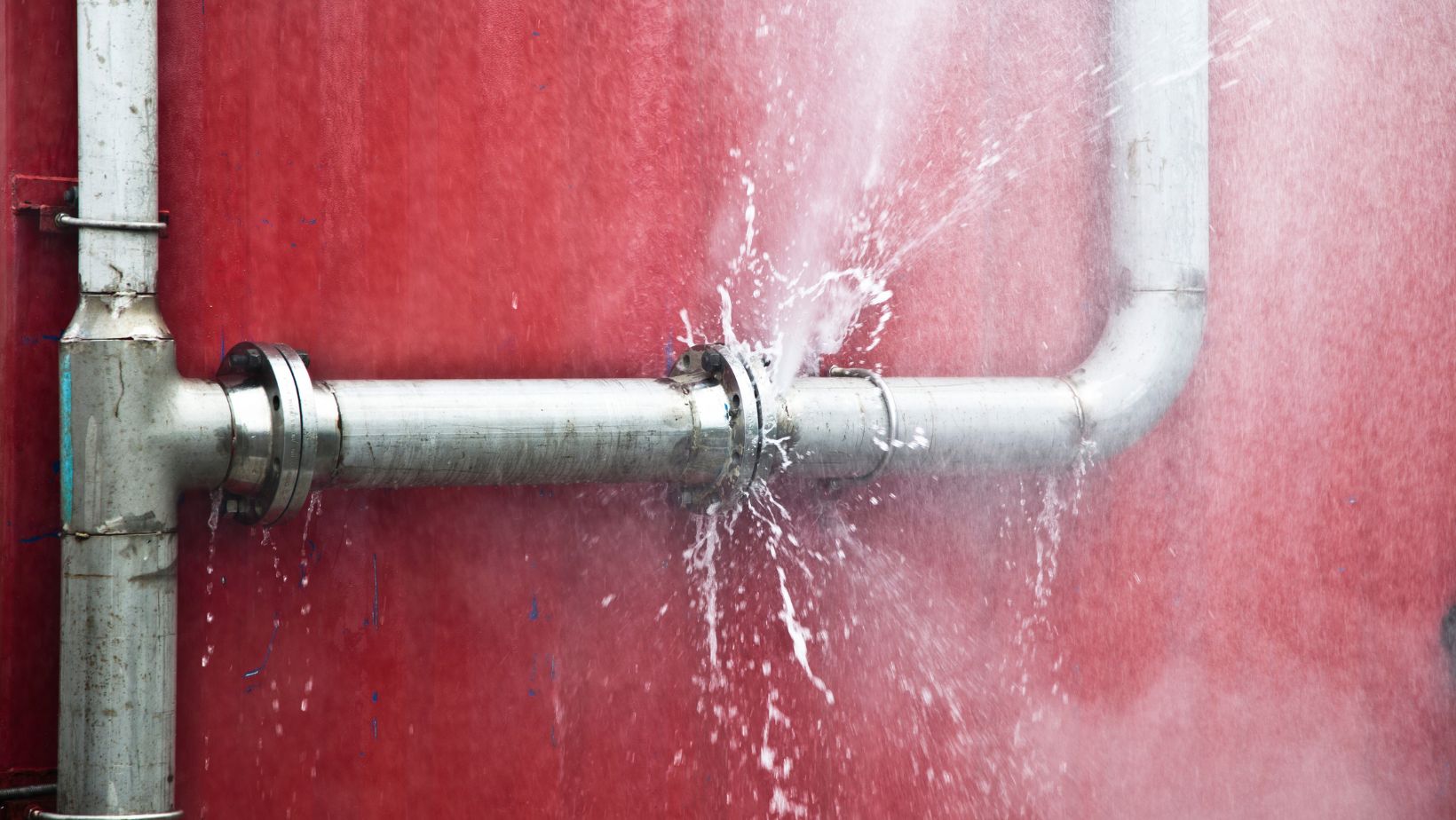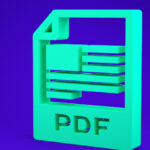In the vast realm of quality assurance, particularly where packaging integrity is concerned, there’s a plethora of methods to choose from. Each method boasts its unique advantages and potential drawbacks, suited to various applications. However, one method that has stood the test of time, both for its simplicity and efficacy, is the bubble leak test. But why has this method become a staple in many industries, and are there situations where its application might not be ideal? Let’s dive into the benefits and limitations of this popular testing method.
Table of Contents
The Mechanics of Bubble Leak Testing
Before delving into its pros and cons, understanding the mechanics of the bubble leak test is crucial. At its core, this test involves submerging a pressurized package in water and keenly observing for any streams of bubbles that indicate a leak. It offers a visual, tangible way to spot defects that could compromise the package’s integrity.
The Benefits
- Universality and Versatility: One of the primary reasons many industries gravitate toward the bubble leak test is its wide applicability. From food packages to medical pouches and even electronics in certain scenarios, this method can be utilized to check a diverse range of packages.
- Immediate Visual Confirmation: Unlike some other methods that require interpretation of results, the bubble leak test offers immediate visual confirmation. If there’s a leak, you will see bubbles – it’s as straightforward as that.
- Cost-Effectiveness: In terms of setup and equipment, bubble leak testing is one of the most cost-effective methods available. This affordability makes it an attractive option for businesses of all sizes.
- Non-Destructive Nature: Since the test doesn’t harm the contents or the package, there’s no product wastage. Products that pass the test can proceed to the market, and those that fail can be rectified, ensuring minimal wastage and maximum efficiency. The fact that this testing method is non-invasive ensures that the product remains untouched and uncontaminated.
- Sensitivity: While it’s often used to detect gross leaks, with careful observation and controlled conditions, even minor breaches can be spotted using this method.
- Eco-Friendly Approach: Since the test uses water as its primary medium and doesn’t harm the product inside, there’s minimal environmental impact, making it an eco-conscious choice.
The Limitations
- Subjectivity: While the emergence of bubbles is a clear indication of a leak, there’s some level of subjectivity involved, especially when the bubbles are infrequent or minute. Deciding whether a package passes or fails can sometimes be a judgment call.
- Not Suitable for Microscopic Leaks: For leaks at the microscopic level, other testing methods might be more appropriate. The bubble leak test is primarily designed for gross leak detection.
- Environmental Conditions: Factors like water temperature and pressure consistency can influence the test’s outcome. Ensuring controlled conditions is crucial for consistent results.
- Time-Consuming: Especially for large batches, the bubble leak test can be more time-consuming than some automated testing methods.
- Potential for Human Error: Given its visual nature, results can sometimes be subjective. For instance, differentiating between minor condensation and a minuscule bubble stream requires a keen eye.
- Scalability Issues: For businesses with mass production, manually testing each package can be labor-intensive. This can sometimes lead to bottlenecks in the production line.
- Operational Challenges: Maintaining the right water temperature, ensuring uniform pressurization, and handling larger packages can sometimes pose operational challenges.
Choosing Bubble Leak Testing: Is It Right for Your Business?
Given the advantages and potential drawbacks, the decision to adopt bubble leak testing hinges on several factors:
- Nature of the Package: If your package type has historically shown good results with bubble testing, it might be the method of choice. For instance, flexible pouches and certain rigid packages are often suitable candidates.
- Industry Standards: In some industries, there are prescribed standards and methods for leak testing. Always ensure that your chosen method aligns with these standards.
- Budgetary Considerations: If you’re starting or running a business where budget constraints are a concern, the cost-effectiveness of the bubble leak test makes it an attractive option.
- Volume of Production: For smaller batches or sporadic testing, this method is ideal. However, if you’re dealing with large-scale production, integrating automated systems or considering other faster methods might be more efficient.
In Conclusion
The bubble leak test, with its simplicity and effectiveness, has rightly earned its place in the world of leak detection. It offers an immediate, visual method to ensure packaging integrity. While it’s laden with benefits, understanding its limitations is crucial to make an informed decision.
As with any quality assurance method, the key lies in understanding the nuances of the method, ensuring it is right for your specific application, and consistently applying it with diligence and care. Whether you’re a burgeoning startup or an established industry giant, ensuring the integrity of your product packaging is paramount, and the bubble leak test could be the tool to help you achieve just that.
Brian, the dedicated Editor and Education Enthusiast at Faspe, is a dynamic force breathing life into the realm of education. Grounded in pedagogical expertise and fueled by boundless passion, Brian enriches the team with extensive experience, curating resources that inspire educators and students alike. His unshakable faith in the transformative power of education propels individuals to reach for the stars on their educational journey.








